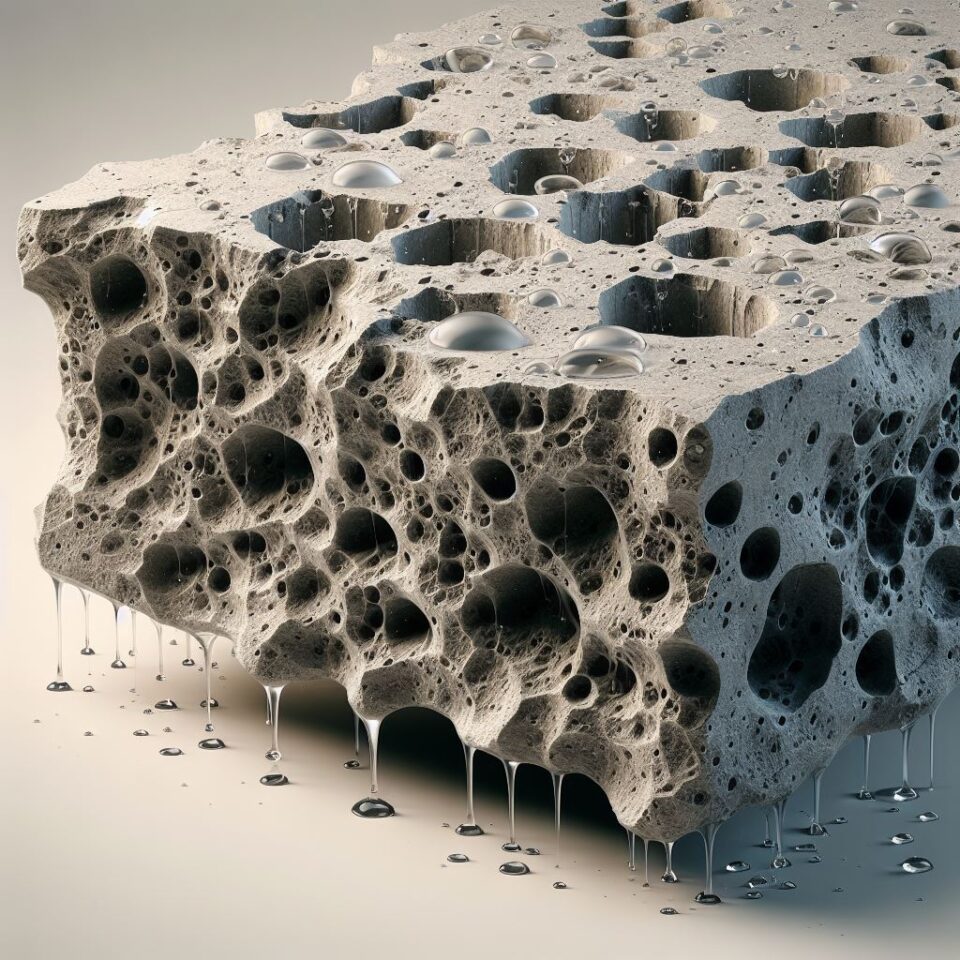“Modern life demands, and is waiting for, a new kind of plan, both for the house and the city” – Le Corbusier.
The construction industry faces numerous challenges when it comes to embracing a circular economy. Addressing energy and water deficits, integrating green spaces into architecture designs, and adopting eco-friendly materials are some solutions to this problem. Nevertheless, it might take several decades until most cities invest enough funds into urban planning. A viable solution involves recycling a resource that is abundant in every urban center: Civil Construction Waste.
Currently, Construction and Demolition waste accounts for approximately 50% of all urban waste disposed of in landfills. Additionally, the disposal of elements is also done by incineration, which further contributes to air pollution. Therefore, the only way to guarantee the proper disposal of these materials is by reintegrating them for reuse, in other words, recycling.
Through the recycling of civil construction waste, it is possible to produce aggregates such as stone, gravel, and sand. Aggregates serve as the essential components for producing everyday materials, such as concrete, roof tiles, and bricks. Here are some examples of viable materials that could be produced through recycled construction waste:
CONCRETE TILES

Concrete tiles that use recycled sand in their composition present better cost-effectiveness and minimal environmental impact. Furthermore, recycled sand can be 60% cheaper than natural sand, reducind in reduced final product costs. The possibility of obtaining a sustainable material at a lower price also ensures that its use will be greater, as it will be accessible to more parts of the population.
PERMEABLE CONCRETE

Permeable concrete as the name suggests, allows all liquid to pass through its structure. owing to the numerous gaps within the material formed by stone and gravel. Unlike conventional concrete, permeable concrete has little or no sand, which increases its level of porosity and creates highly permeable voids that allow the passage of 3 to 8 gallons of water per square foot of material. This characteristic brings several advantages to the urban environment. In addition to increasing the flow of water to prevent flooding, permeable concrete can be used together with a drainage system that captures rainwater. Its constant temperature and humidity also lessen heat islands.
According to the US Green Building Council (2019), the civil construction sector is responsible for consuming approximately 21% of all treated water on the planet. We could lessen the water concern by using recycled permeable concrete, which not only serves as a sustainable material, but it also contributes to water collection efforts.
ECOLOGICAL BRICK

When compared with the common ceramic brick and concrete block, ecological bricks made from civil construction waste offer superior thermal performance, with reduced heat transfer. In addition, the ecological brick allows the entire hydraulic and electrical installation to be made from its holes, reducing the amount of debris produced when breaking walls to make such installments. The ecological brick can also acquire greater resistance and durability than conventional blocks.
Some other advantages are: they generate less waste and debris disposal during construction, ease of handling, and they do not generate any type of pollution or gas emissions during their production. In addition to the cheaper production cost, it is possible to save up to 40% of energy, 50% of water, and 30% of maintenance costs over the years by using this type of brick.
Currently, waste recycling is one of the main ways to reduce the negative impact of the construction sector. Recycling has gradually become an environmental and economic necessity, as investing in recycling companies is something much more viable in underdeveloped countries at present. Still, sustainable practices are not something very widespread in most places, impeding professionals from learning new techniques, and civilians from adhering to a circular economy.
However, even with limited initial investment, the reutilization of civil construction waste can be implemented in cities worldwide.
Writer: Sarah Tavares

Bibliography:
Images created with Microsoft Bing AI, 2023 | Educational Purposes only.
BUDKE, Régis; CARDOSO, Jackson Rainério; VALE, Silvio Bispo do. Resíduos de construção civil: classificação, normas e reciclagem. Salvador: XXIV ENTMME, 2011.
CABRAL, Antonio Eduardo Bezerra. Modelagem de propriedades mecânicas e de durabilidade de concretos produzidos com agregados reciclados, considerando-se a variabilidade da composição do RCD. 2007. Tese de Doutorado. Universidade de São Paulo.
Le Corbusier, Manière de penser l’urbanisme, 2nd edn, Paris, Gonthier, 1963.
LEITE, Carlos. Cidades sustentáveis, Cidades Inteligentes. 1° Edição, Bookman, Porto Alegre, 2012.
MINGALEVA, Zhanna et al. Waste management in green and smart cities: A case study of Russia. Sustainability, v. 12, n. 1, p. 94, 2019.
Sadowski, J. (2016). Selling smartness visions and politics of the smart city (Doctoral dissertation), Arizona State University.
